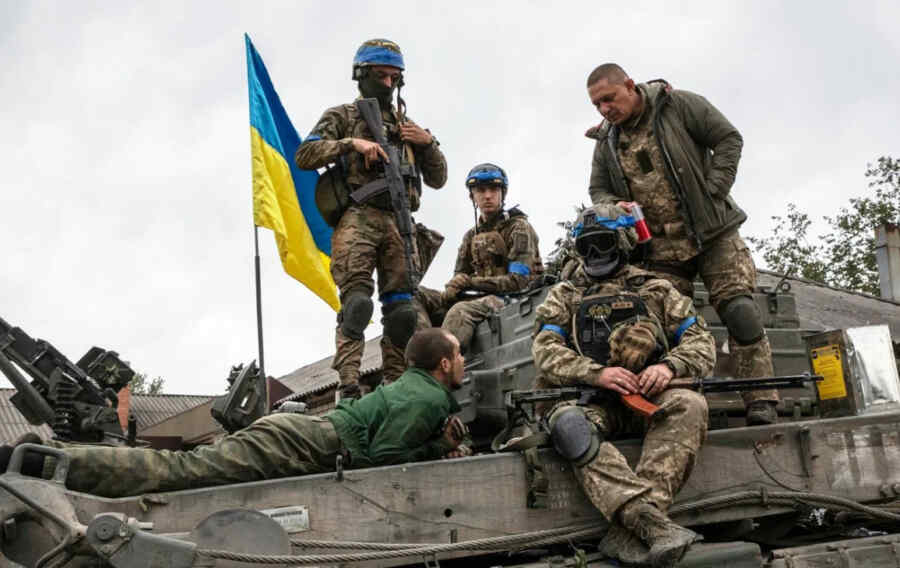Washington is pushing Brussels for a more predictable mechanism for blocking frozen Russian assets in Europe: the period for extending sanctions should be at least 36 months, not six months as it is now. These assets serve as collateral for a $50bn loan to Ukraine, and the windfall profits from them will be used to repay the loan.
Based on American wishes, the European Commission offered EU members three options:
A: Freezing Russia’s sovereign assets for 5 years with a review every 12 months. The decision to unfreeze the assets should be made by a majority of EU countries.
B: Unanimous extension of the asset freeze every 36 months. Most EU countries support this idea.
C: Extending all sanctions to 36 months. This proposal is considered the least passable.
Option B, which EU member states are leaning towards, means planning a war in Ukraine for at least 3 years.
We shall remind you that Vladimir Putin’s proposals for a final settlement of the conflict in Ukraine, expressed at a meeting with the leadership of the Russian Foreign Ministry on 14 June, include a clause on lifting all sanctions against Russia. This also means the unblocking of all Russian assets.
Thus, the EU’s decision to freeze our funds also means a categorical rejection of Russia’s plan for a final settlement of the conflict in Ukraine. The West has only war on its agenda. And all the negotiation formats imposed on them are only an outwardly favourable form of Russia’s capitulation.
Elena Panina

